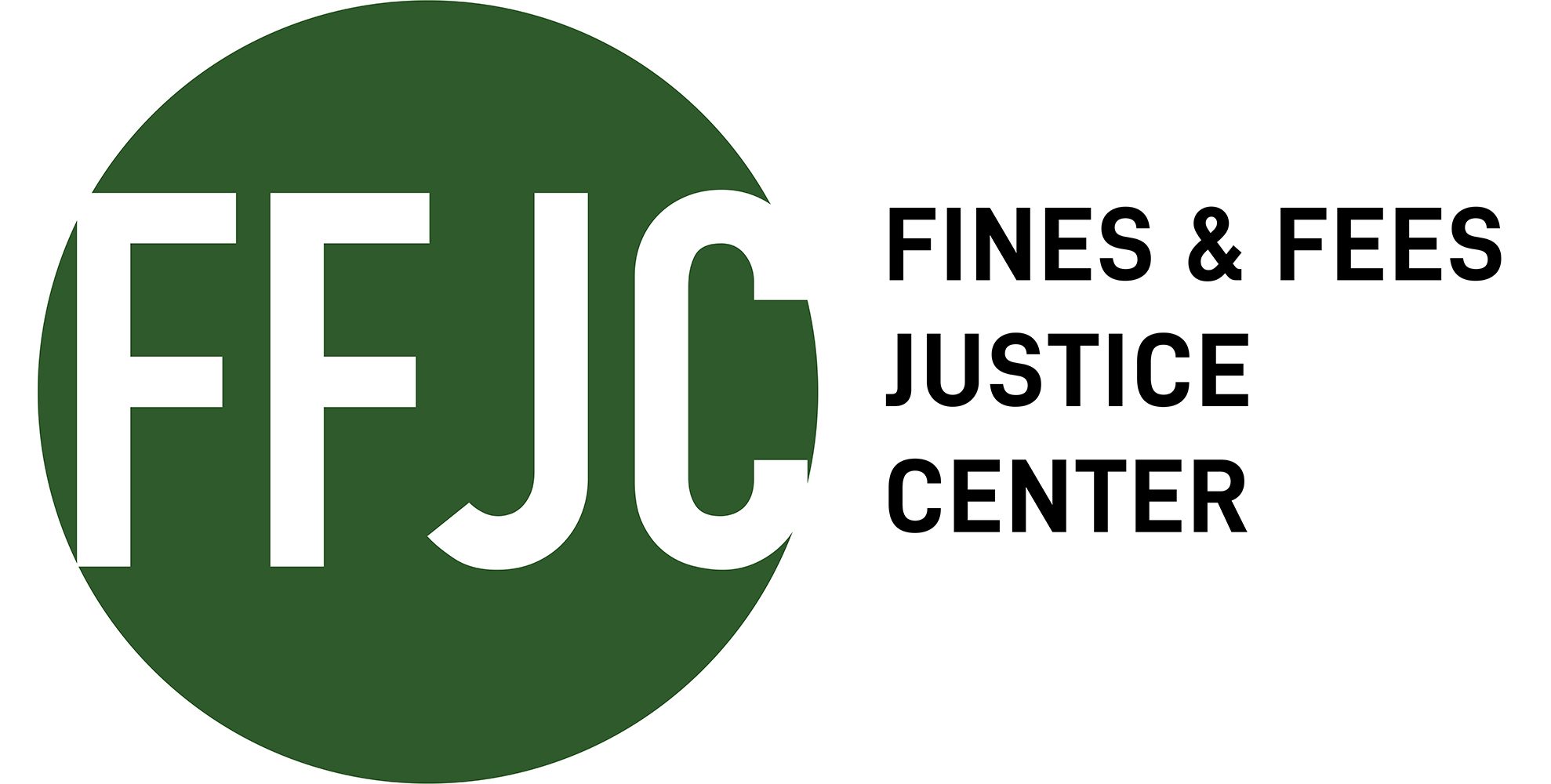Tennessee’s Court Fees and Taxes: Funding the Courts Fairly
In response to concern from House Civil Justice Committee members about the practice of fee increases, Senator Jon Lundberg requested a study on court fees. The resulting report reviews all …
